Educational Board Games for Adults
Board Games for Adults? Yes.
The world of modern board games isn't just for kids anymore. Board gaming has evolved into a serious hobby, so it's no surprise that young adults and adults have become an important target group for publishers. What sets games for adults apart isn't just the theme, but also the complexity of the game mechanics and the specificity of the skills and abilities required by the gameplay. A communication party game based on associations, for example, demands a certain level of abstraction and vocabulary.
Take, for example, a game like 'Outfoxed!.' Although it's a delightful game, its simplicity and easy-to-play mechanism may not fully engage adults and meet their gaming expectations.
When putting together the following list, we focused on popular games that also provide a proper challenge for adults. We've gathered links, brief rule descriptions, and basic characteristics for each game, helping anyone find their preferred path to dive into the world of modern board games.
Worth noting
These games are not restricted to family or friend gatherings only. They can be seamlessly incorporated into corporate events and training programs, effectively transforming tedious workshops into interactive, fun, and worthwhile experiences.
So whether you're seeking some relaxed fun with friends and family or aiming to incorporate some engaging elements in a corporate setting, our recommendations are just what you need.
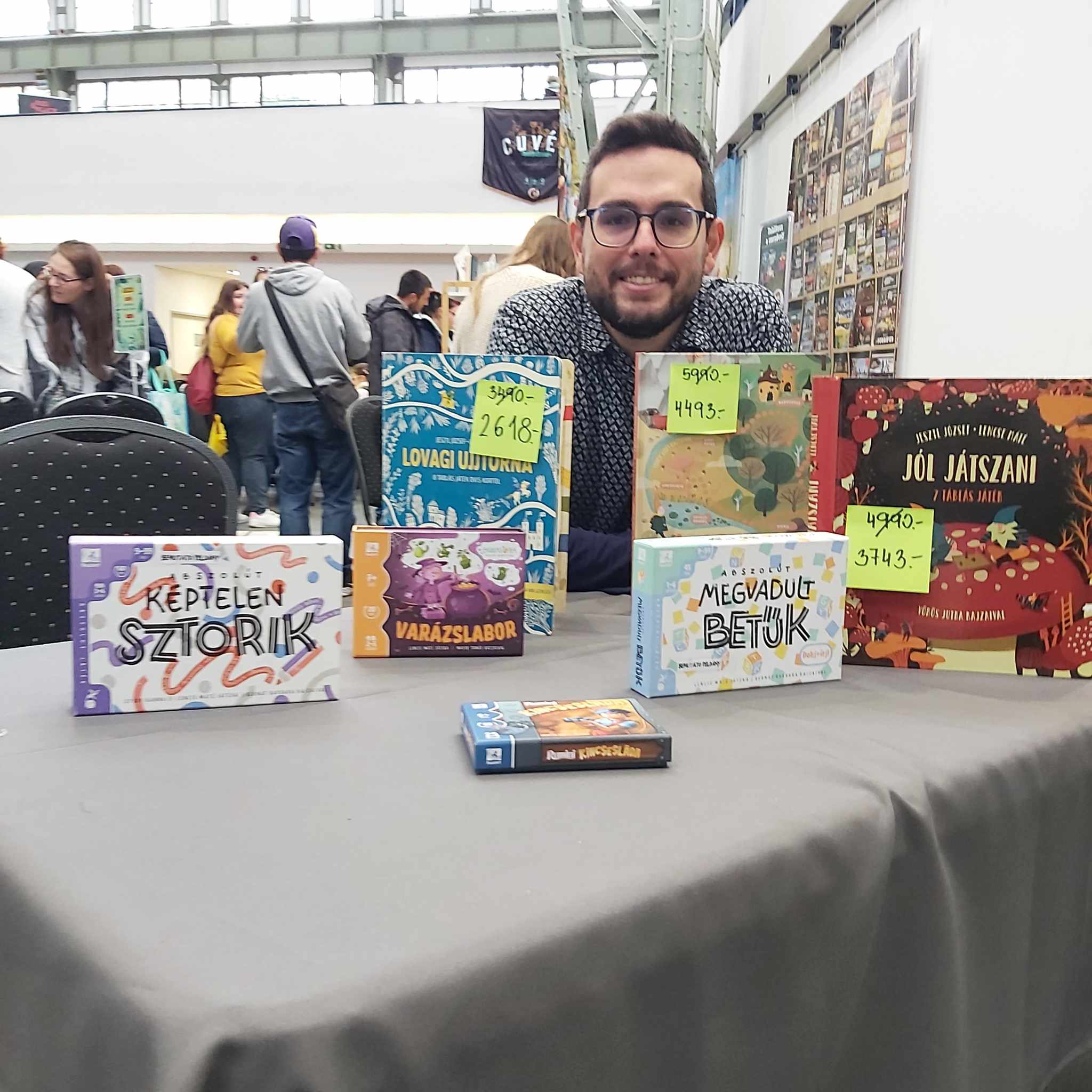
It's an interesting question—children's game or adult game. For example, I found myself stuck in the "children's game author" box, which I didn't feel comfortable with for a long time. My experience is that no matter how successful a children's game is, it receives much less attention from the industry, and board game enthusiasts don't discuss these games on forums.
However, I am pleased with the success of "Abszolút megvadult betűk," a modern word game specifically designed for older children and adults.
Modern Board Games
In recent years, it has become increasingly popular to create children's versions of successful games originally aimed at adults. And many of these have turned out quite well.
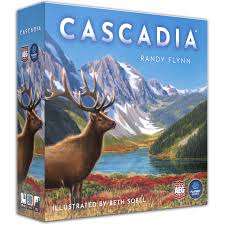
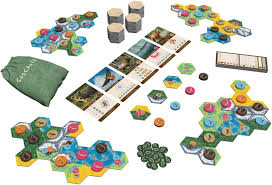
Cascadia
Cascadia is an engaging and accessible board game that invites players to explore and enjoy the diverse habitat of the Pacific Northwest.
Players take turns selecting and placing a habitat tile and a corresponding wildlife token, aiming to create the most harmonious ecosystem by forming large contiguous habitat areas and meeting specific wildlife placement goals. The game ends when all tiles have been placed, and the player with the highest score wins.
Tools
85 habitat tiles, 100 wildlife tokens, 25 nature tokens, 5 starter habitat tiles, 21 wildlife scoring cards, 1 scorepad, and a rulebook.
Skills Developed
The game enhances pattern recognition, spatial reasoning, strategic planning, and decision-making, as players must optimize their habitat and wildlife placements for maximum points.
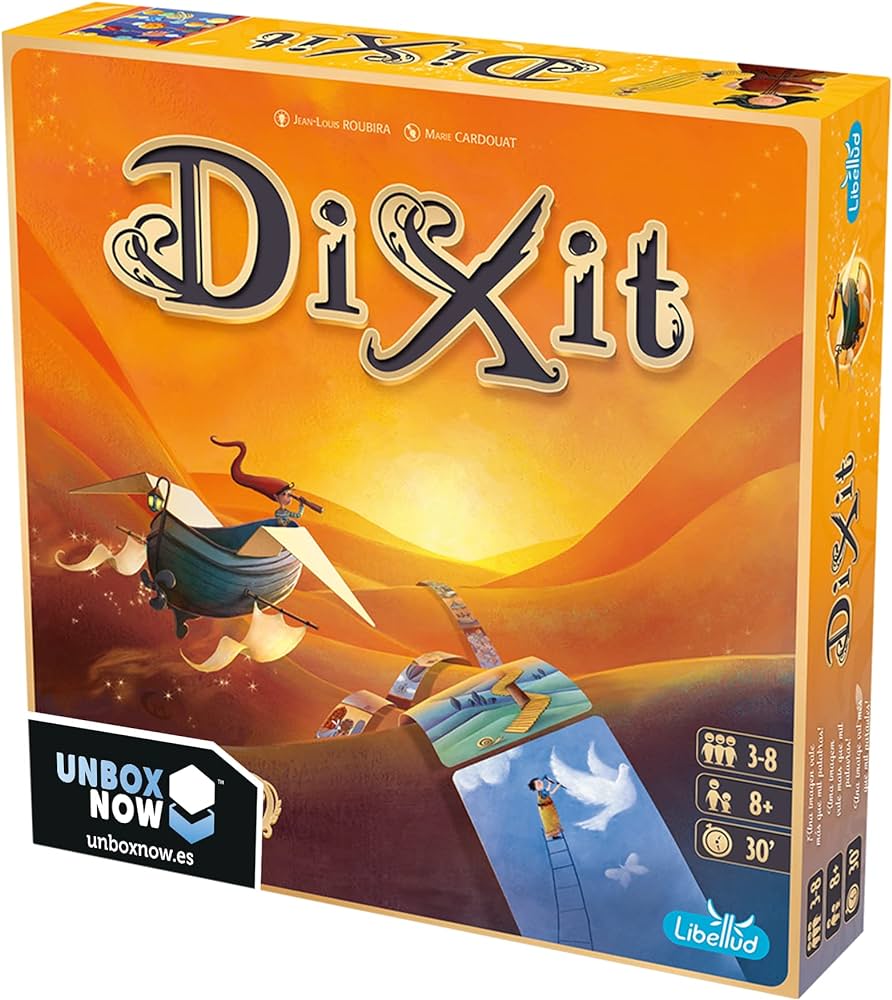
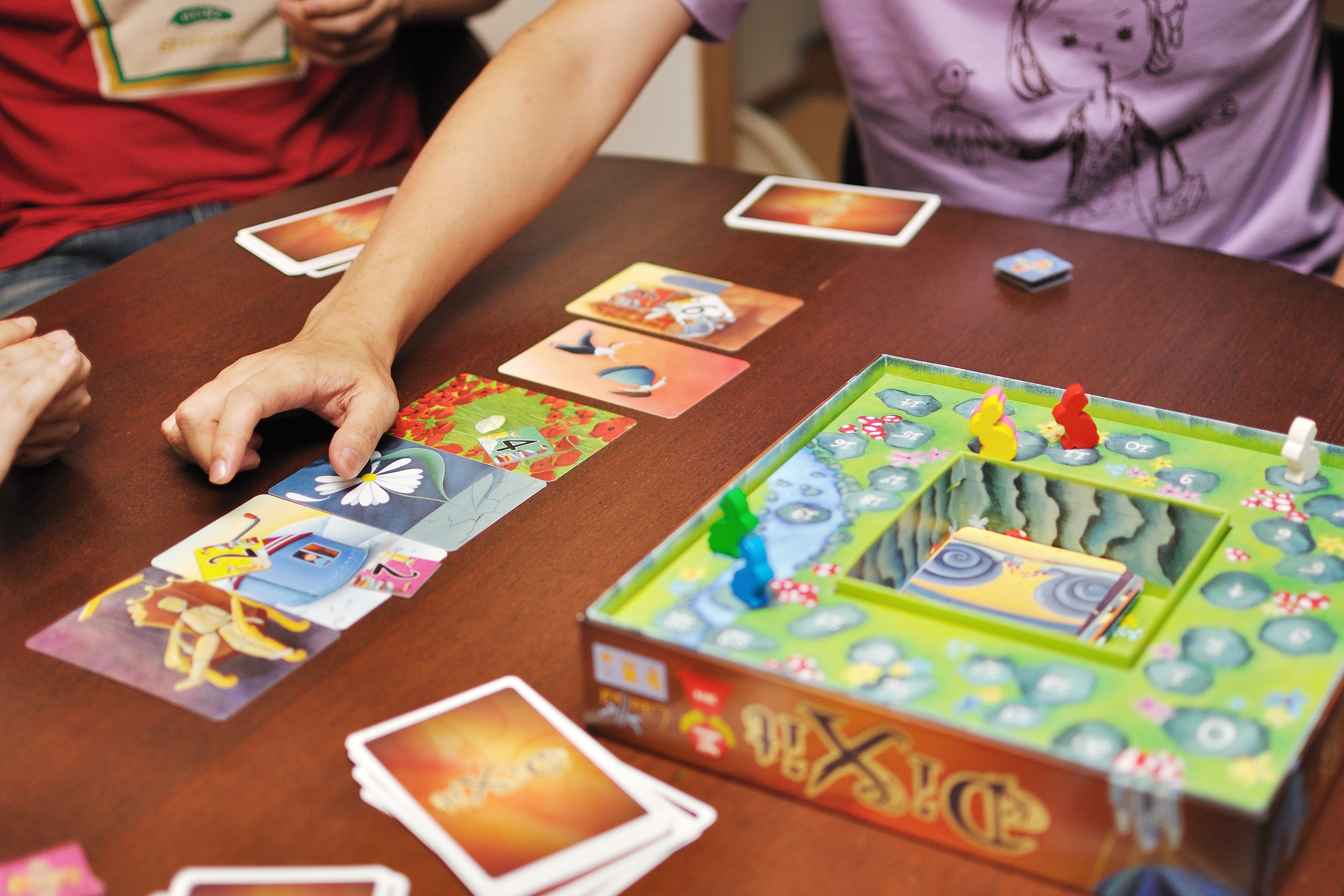
Dixit
Dixit is a card game that invites players to rely on their intuition and imagination to guess which card one player, the storyteller, is describing.
In Dixit, one player is the storyteller for the turn and makes up a sentence or phrase that might describe one of their cards. Then, each player selects a card from their own hand that they feel best matches the storyteller's description, and after shuffling and revealing the cards, all players except the storyteller vote on which card they believe belongs to the storyteller.
Tools
Dixit includes a deck of 84 unique, beautifully illustrated cards, a game board, six wooden rabbit tokens as player markers, and 36 voting tokens in six different colors.
Skills Developed
Dixit develops creativity, abstract thinking, and social interaction skills as players interpret and guess the story behind the images.
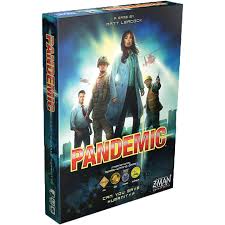
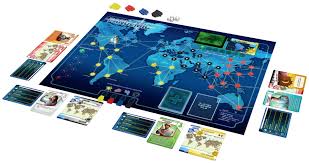
Pandemic
The game is perfect for high school students as it offers intellectual stimulation, fosters teamwork, and educates players about global health and geography facts.
Players take on different roles as scientists, researchers, and medical experts, working together to treat infections, prevent outbreaks, and find cures before time runs out. Using action points each turn, they travel, treat diseases, share knowledge, and collect cards to discover cures. The team wins if they find all four cures before too many outbreaks occur or time runs out.
Tools
1 game board, 7 role cards with matching pawns, 59 player cards, 48 infection cards, 96 disease cubes (in 4 colors), 6 research stations, 4 cure markers, 1 outbreak marker, 1 infection rate marker, and a rulebook.
Skills Developed
The game enhances cooperative strategy, critical thinking, teamwork, decision-making, and crisis management, as players must work together to stop the global spread of diseases.
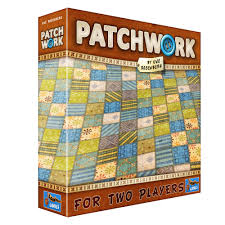
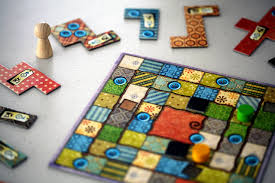
Patchwork
Patchwork is a two-player game that merges the calming art of quilting with strategic gameplay, an interesting dichotomy that sets it apart.
Two players take turns selecting and placing fabric patches on their personal board, trying to cover as much space as possible while managing their supply of buttons (the in-game currency). Time is also a factor, as each patch takes a certain amount of time to sew. The game ends when both players reach the end of the time board, and the player with the most buttons after penalties wins.
Tools
1 time board, 2 player boards, 33 fabric patches, 5 special patches, 1 neutral token, 50 button tokens, and a rulebook.
Skills Developed
The game enhances spatial reasoning, resource management, strategic planning, and decision-making, as players must efficiently fit patches onto their board while managing their button economy.
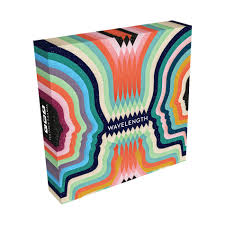
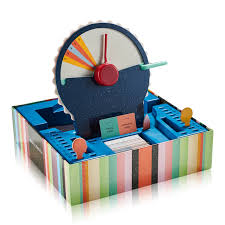
Wavelength
Wavelength is an innovative and social guessing game that tests your ability to connect and think in sync with others.
One player, the psychic, draws a spectrum card that presents a scale (e.g., hot–cold, lucky–unlucky). The dial is randomly set to a hidden target zone along the scale. The psychic gives a single clue to help their team guess where on the spectrum the target lies. The closer their guess is to the correct spot, the more points they earn. The team that reaches the winning score first wins the game.
Tools
1 game unit with a rotating dial, 2 team markers, 1 scoring track, 168 spectrum cards, and a rulebook.
Skills Developed
The game enhances abstract thinking, communication skills, teamwork, and interpretation of nuances, as players must convey and understand subjective concepts within a given range.
Classics
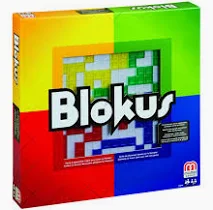
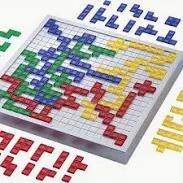
Blokus
Blokus is an engaging strategy board game that is as vibrant and competitive as it is brain-teasing.
Players take turns placing pieces of their color on the board, ensuring that each new piece touches another of their own color only at the corners. The goal is to place as many pieces as possible, while strategically blocking opponents' moves. The player with the fewest unplayed pieces at the end wins the game.
Tools
1 game board and 84 polyomino-shaped pieces (21 in each of four colors: red, blue, yellow, and green).
Skills Developed
The game enhances spatial reasoning, strategic thinking, problem-solving, and visual planning, as players must carefully place their pieces while blocking opponents.
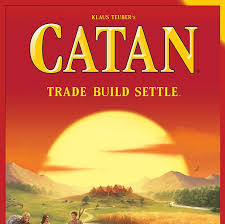
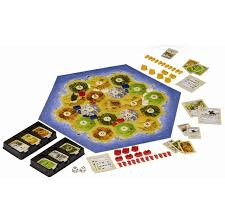
Catan
Catan is a thrilling board game where players aim to build and develop holdings by trading and acquiring resources.
Players take turns rolling dice to produce resources, which they use to build roads, settlements, and cities. Through trading and strategic placement, they compete to be the first to reach 10 victory points and win the game.
Tools
19 terrain hexes, 6 sea frame pieces, 9 harbor tiles, 95 resource cards, 25 development cards, 4 building cost cards, 2 special cards, 16 cities, 20 settlements, 60 roads, 2 dice, a robber piece, and a rulebook.
Skills Developed
The game enhances strategic thinking, resource management, negotiation skills, and decision-making, as players must trade, build, and expand while adapting to an ever-changing board.
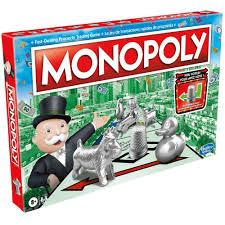
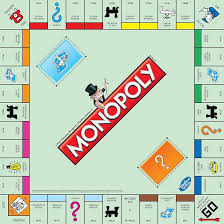
Monopoly
Monopoly is a classic board game that combines strategy, chance, and the principles of real-estate trading.
Players take turns rolling the dice and moving around the board, buying properties, charging rent, and developing them with houses and hotels. The goal is to bankrupt opponents by making them pay rent on high-value properties while managing resources effectively. The last player remaining with money wins the game.
Tools
1 game board, 8 player tokens, 28 title deed cards, 16 Chance cards, 16 Community Chest cards, 32 houses, 12 hotels, 2 dice, Monopoly money, and a rulebook.
Skills Developed
The game enhances financial literacy, strategic decision-making, negotiation skills, and risk assessment, as players must manage money, buy properties, and make deals.
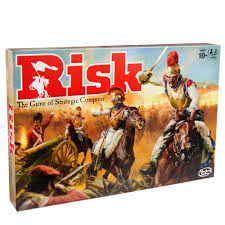
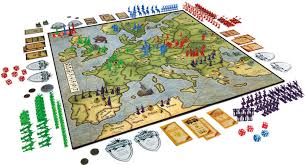
Risk
Risk is a board game of diplomacy, conflict, and conquest. It's a classic game of strategy where players' ultimate goal is to occupy every territory on the board and eliminate other players in the process, thereby establishing supremacy in the world.
Players take turns deploying armies, attacking opponents, and fortifying their territories to gain control of the world. Battles are resolved using dice rolls, and players must balance offense and defense. The last player standing or the first to complete their objective wins the game.
Tools
1 game board, 5 sets of army pieces (troops, cavalry, artillery), 56 Risk cards, 5 dice, and a rulebook.
Skills Developed
The game enhances strategic thinking, tactical decision-making, risk assessment, negotiation skills, and resource management, as players must carefully plan attacks and defenses while expanding their empires.
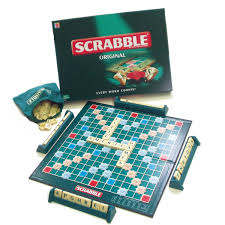
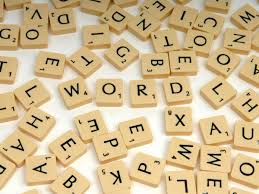
Scrabble
Scrabble is a classic word game where players earn points by creating words from individual lettered tiles on a game board marked with a 15x15 grid.
In Scrabble, players take turns drawing letter tiles to create words on the game board, with each word laid out either horizontally or vertically. Each letter has a point value, and players aim to make high-scoring words based on the board's bonus squares to accumulate the highest total points.
Tools
The Scrabble game set includes a 15x15 grid game board, 100 letter tiles, 4 tile racks, a tile bag, and optionally a scorepad and timer.
Skills Developed
Scrabble enhances vocabulary, spelling, strategic thinking, and mathematical skills through word formation and scoring.
Frequently Asked Questions
No spam, ever. Unsubscribe anytime.
Spread the Fun of Learning!
Love our content? Show your support by sharing our page with your friends and help us inspire more families and educators with the joy of learning through play! Your shares truly make a difference. Thank you for being a wonderful part of our community!